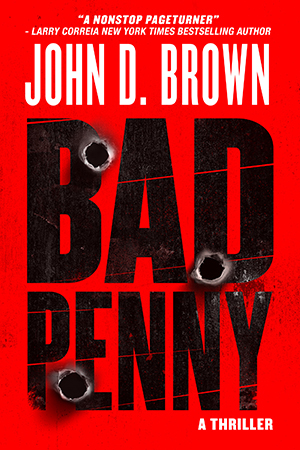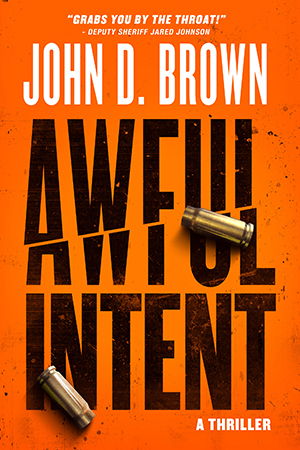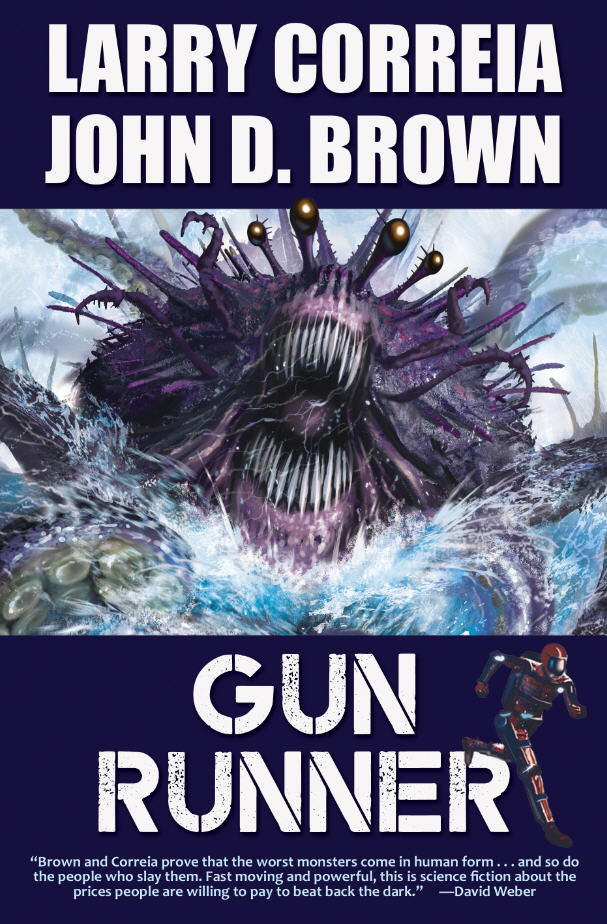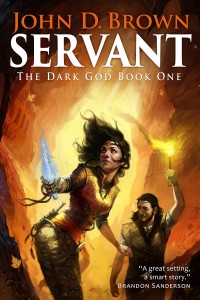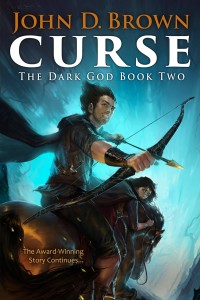Do you want your readers on the edge of their seats—staying up too late, telling themselves just one more page?
Then you need to remember this: The plot is not about the plot.
What?
That’s right. The plot is not about the plot.
I ask students all the time, “What’s a plot?” I get all kinds of answers:
- “A character with a problem.”
- “A causal chain of events.”
- “What happens next.”
Sometimes someone quotes E.M. Forster: “The king died and then the queen died is a story.
The king died, and then the queen died of grief is a plot.”
At which point we all sit there and blink.
Those are fine definitions—but they all miss the vital ingredient.
And no, I’m not talking about character.
If you don’t know this one thing, you’re going to struggle with plot—no matter how many cats you save or beat sheets you use.
What is a plot really for?
A plot is a means to an end.
The end is the reader’s experience—that feeling of curiosity and anticipation, followed by rising hopes and fears, the shock of surprise, the ache of devastation, and the rush of triumph. The plot is the way you guide the reader through that experience.
A rollercoaster is a guided experience. A plot is just like that. Except you’re doing it with words, not the car, the track, and the clickety clack of the chain pulling you up the first hill.
Why is this so important to remember?
Because when you forget the function, you start worshiping the form.
You start to believe your job as a writer is to adhere to a certain set of rules. I’ve seen it over and over. It happened to me when I was starting out.
And once you do that, once you lose the real target, every shot is likely to be a miss.
Page-Turning Plots Again and Again
We don’t want to be a one-trick or no-trick pony, stumbling around in the dark.
We want to be masters of our craft. We want to write page-turners on purpose, not on accident, doing it over and over again.
And that starts with remembering that the plot is a means to an end. It’s the means to guiding the reader through a certain type of experience.
Once we understand that experience, that’s how we judge whether a story is good or not. It won’t matter if it follows this or that rule, uses this or that structure, includes this or that element—adherence won’t matter. All that will matter is the experience. The cause and the effect.
If we keep that idea front and center, our miracle brains will start to see exactly how authors are triggering the experience in us. And once we see that, we can start to use those forms and techniques in our own writing.
But that’s not all. We’ll see that there are all sorts of ways to achieve the goal. All sorts of variations and patterns that work. And that will free us in our creativity to develop fresh stories our readers can’t get enough of.
Lesson #1: the plot is not about the plot.
In the next lesson, you discover the target—the experience readers crave and want you to deliver. Once you know this, we can talk about how you go about delivering it.
Part of Page-Turning Plots: How to Craft Stories Readers Can’t Stop Reading.






